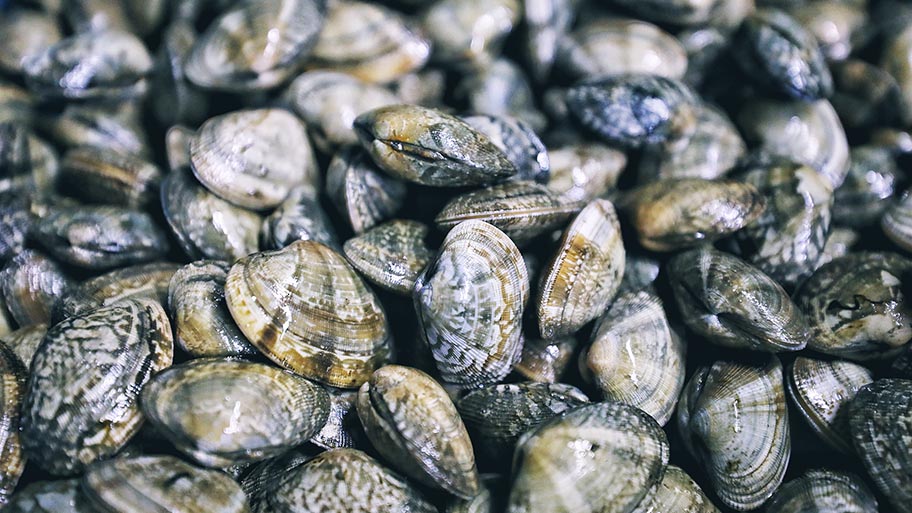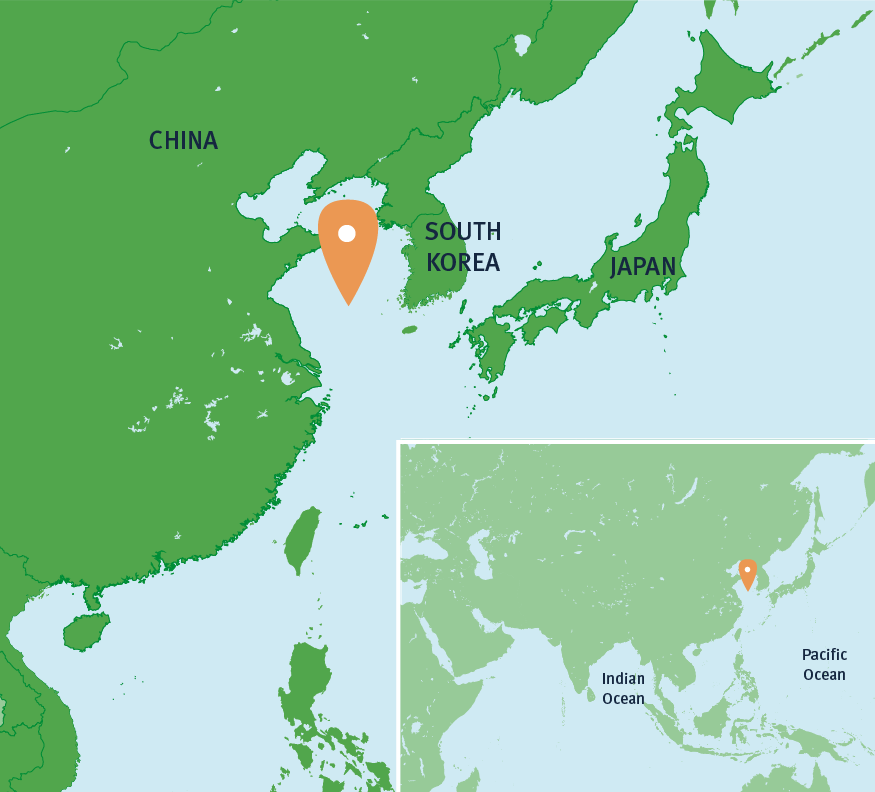The first clam fishery in China to achieve certification to the MSC Standard for sustainability looks set to inspire more Chinese fisheries on the path to sustainable fishing.

Based in the China Yellow Sea, the Yalu Estuary Manila clam fishery’s journey from a multi-stakeholder Fishery Improvement Project (FIP) to full certification in three years, is a successful model that others want to follow, says An Yan, MSC China Program Director.
“The Yalu Estuary clam fishery will be the first of many. The success of this pilot project has encouraged not only clam fisheries, but also crab, squid and anchovy fisheries to consider entering MSC certification programs,” she said.
FIPs are multi-stakeholder projects that support small scale fisheries towards sustainability and the Yalu Estuary Manila Clam’s fishery's programme played a critical role in the path to certification.
“The FIP emphasised capacity building to help clam fisheries understand what was required to meet the MSC Standard. It also helped with stock assessment and environmental impacts assessments. Without its support, the fishery would not have been able to enter into assessment for MSC certification,” Yan explained.
Xing Haihong, Chairman of Dandong Taihong Foodstuff, which supported the fishery through the FIP, said: “Obtaining MSC certification is the best way that we can demonstrate our commitment towards sustainability. This is a tremendous achievement for Taihong and for all people who participated in this program. This certification will definitely help us to improve our management and strengthen the market linkage with both international and local markets.”
 Location of the Yalu Estuary Manila clam fishery
Location of the Yalu Estuary Manila clam fishery
Demand from Japanese seafood retailers for sustainable clams was a key driver behind setting up the FIP and influencing the clam fishery into the MSC program. The FIP received funding from WWF Japan, Industry Partner Nichirei Japan and Global Fishery Funds. But with around 10,000 tons of the expected 200,000 tons of MSC certified clams set to be exported to Japan, the remainder will help create a larger market in China for MSC labelled products and support new market opportunities in Europe.
“The growing demand in China for sustainable seafood means there is now an opportunity to help develop the domestic market for MSC-labelled clams,” Yan said. “But we hope that with more Chinese fisheries aiming to become sustainable, Chinese consumers will soon be able to choose from a wider range of MSC-certified seafood.”
The 300 MSC-labelled products already on sale in China looks likely to increase as evidence suggests that Chinese consumers increasingly value the importance of sustainable seafood. The 2020 MSC Globescan survey, one of the largest seafood consumer surveys in the world , found that sustainable and environmentally friendly sourced fish ranked above price as a motivator for purchases in China.
The study also found that the Chinese were only one of two countries, out of 23 globally, that ranked having an independent certification, such as the MSC Fisheries Standard, above price when deciding what fish to buy.
And since last year, a new app has allowed Chinese consumers to click on the QR codes of MSC labelled products to learn more about the Fisheries Standard.
With the Yalu clam fishery being one of only six Chinese fisheries currently certified to the MSC Standard, it is hoped that even more fisheries in China will build on its success to create a national sustainable seafood movement.
This view is supported by Dr. Cui He, President of China Aquatic Products Processing and Marketing Alliance (CAPPMA): “The sustainable practices of the Manila clam fishery in these coastal mudflats will be a flagship for other fisheries in the area. They are leading the way in conserving the ecosystem and demonstrating how a sustainable fishery program can generate multiple benefits, balancing ecological conservation and economic return.”
